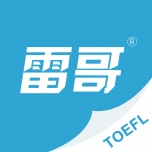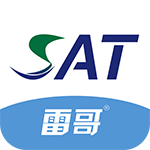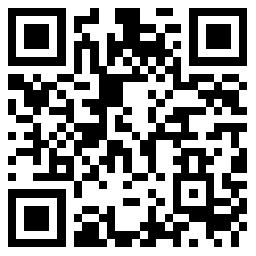雷哥考研 > 题库 > 2020年管理类联考11月公益模考英语(二)测试卷 > 阅读理解A
Text 3
Big companies may want to hire mavericks but most organisations are built on rules.
Hire mavericks: a classic piece of management advice, proposed since at least the 1980s—and almost impossible to enact successfully. Still, big organisations continue to boast that they recruit and develop rule-breakers and renegades. “Status quo challenger” has even become a popular self-description on LinkedIn.
Leave aside the fact that a break-all-the-furniture disrupter is unlikely to spend much time updating his or her LinkedIn profile, let alone join the graduate trainee programme at a multinational: corporate success is often based on what already works.
Companies must strike a near-impossible balance as they design their hiring and leadership development policies. They need to cultivate enough changemakers to advance the company, but curb revolutionaries’ instincts to abandon the organisation’s core values, breach acceptable behaviour or swerve recklessly away from tried and tested approaches.
The word “maverick” derives from Samuel Maverick, a 19th century Texas rancher who allegedly refused to brand his cattle. Wandering cows became known as mavericks. Big companies, though, wish to apply the branding iron from day one and move the herd in the same direction.
As a result, “maverick bosses” are rarely the product of an orderly succession plan. A list of those who have recently earned the tag (all men, interestingly) includes Elon Musk, the late Sergio Marchionne of Fiat Chrysler, SoftBank’s Masayoshi Son, Travis Kalanick of Uber, Jeff Bezos, Jack Ma and John Legere, chief executive of T-Mobile USA.
In most cases, these are entrepreneurs and founders. The first self-styled maverick boss, Semco’s Ricardo Semler, who became known for decentralising management, and wrote a 1993 book about it called Maverick!, did not rise through the ranks. He was handed control of the Brazilian engineering group by his father. The exceptions to the founder-entrepreneur model—Mr Marchionne and Mr Legere—were outside appointments to struggling companies.
One headhunter says mavericks are useful as non-executive directors, who can “challenge the executive management within the context of the boardroom”. Their elevation to chief executive—except at companies that are struggling—almost always leads to “tissue rejection”.
This is not an argument for stasis. That way lies extinction—the destiny of companies that continue to appoint what I’ve called “default managers”.
Nor do I believe dissent should be shut down. Even established companies should try to recruit a few revolutionaries and free spirits. In fact, those kinds of people are essential to some activities. Think of the creative cartoonists at Pixar, or the innovative engineers at Google.
35. The most appropriate title for this text may be ______________.
- 雷哥网解析
- 网友解析
35. 选C。主旨大意题
题干:本文最适合的标题或许是_____________.
A. Mavericks: A Potential Menace to Stability (特立独行者:对稳定构成潜在威胁)
B:Corporate Success: Historical Coincidence(企业的成功:历史巧合)
C. Hiring Mavericks: More Good Than Harm(雇用特立独立者:利大于弊)
D. Default Managers: Key to Corporate Profit(默认经理:企业利润的关键)
解析:本文的核心主题围绕mavericks,所以正确答案一定要与其相关,由此首先排除选项B和D;此外,做主旨题的思路是:将全文各段的首句内容串联,或重点关注首段和末段。本文的末段第二句说:即使是成熟的公司也应该尝试招募一些革命者和自由精神。由此判断,作者对特立独行者是持支持态度的,选项C符合题意,选项A的menace与原文论述相悖。
题目讨论 (0条评论)

提交
















 预约成功!
预约成功!
















